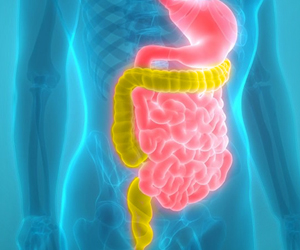Dietary supplementation with cacao liquor proanthocyanidins (CLPr) reduced blood glucose levels in obese diabetic mice, and may offer human diabetics significant benefits, says a new study from Japan.
"Dietary supplementation with CLPr can dose-dependently prevent the development of hyperglycaemia in diabetic obese mice," wrote lead author Makoto Tomaru in the journal Nutrition. "The dietary intake of food or drinks produced from cacao beans might be beneficial in preventing the onset of type-2 diabetes mellitus."An estimated 19 million people are affected by diabetes in the EU 25, equal to four per cent of the total population. This figure is projected to increase to 26 million by 2030.
In the US, there are over 20 million people with diabetes, equal to seven per cent of the population. The total costs are thought to be as much as $132 billion, with $92 billion being direct costs from medication, according to 2002 American Diabetes Association figures.
The potential health benefits of cocoa have been gaining increasing interest, with studies reporting that flavonoid-rich chocolate may reduce the risk of cardiovascular disease. However, according to Tomaru and co-workers, this is the first study to report that CLPr can prevent aggravation of type-2 diabetes mellitus.
The new study used three-week old female mice and randomly assigned them to eat the AIN-93 diet supplemented with 0, 0.5, or 1.0 per cent for cacao liquor proanthocyanidins (72 per cent total polyphenols) for three weeks.
At the end of the study the researchers report that the proanthocyanidins reduced blood glucose levels in a dose-dependent manner. Indeed, blood glucose levels after four and five weeks of age, and of fructosamine at six weeks of age were significantly lower than in those fed 0 per cent CLPr AIN-93 diet.
Advertisement
"In this study, the decreased levels of blood glucose may be involved in improvement of insulin resistance by antioxidative effects of CLPr," they said.
Advertisement
"On the basis of the previous report and the present results, chocolate, cocoa, and other functional foods that contain more CLPr may be recommended to obtain the benefits of cacao proanthocyanidins," concluded the researchers.
Further research is needed to investigate if such results can be repeated in humans, and what mechanism is responsible for these apparent benefits.
Source-Bio-Bio Technology
SRM











